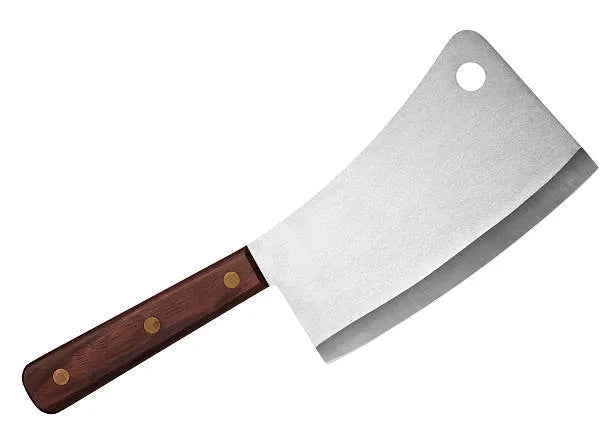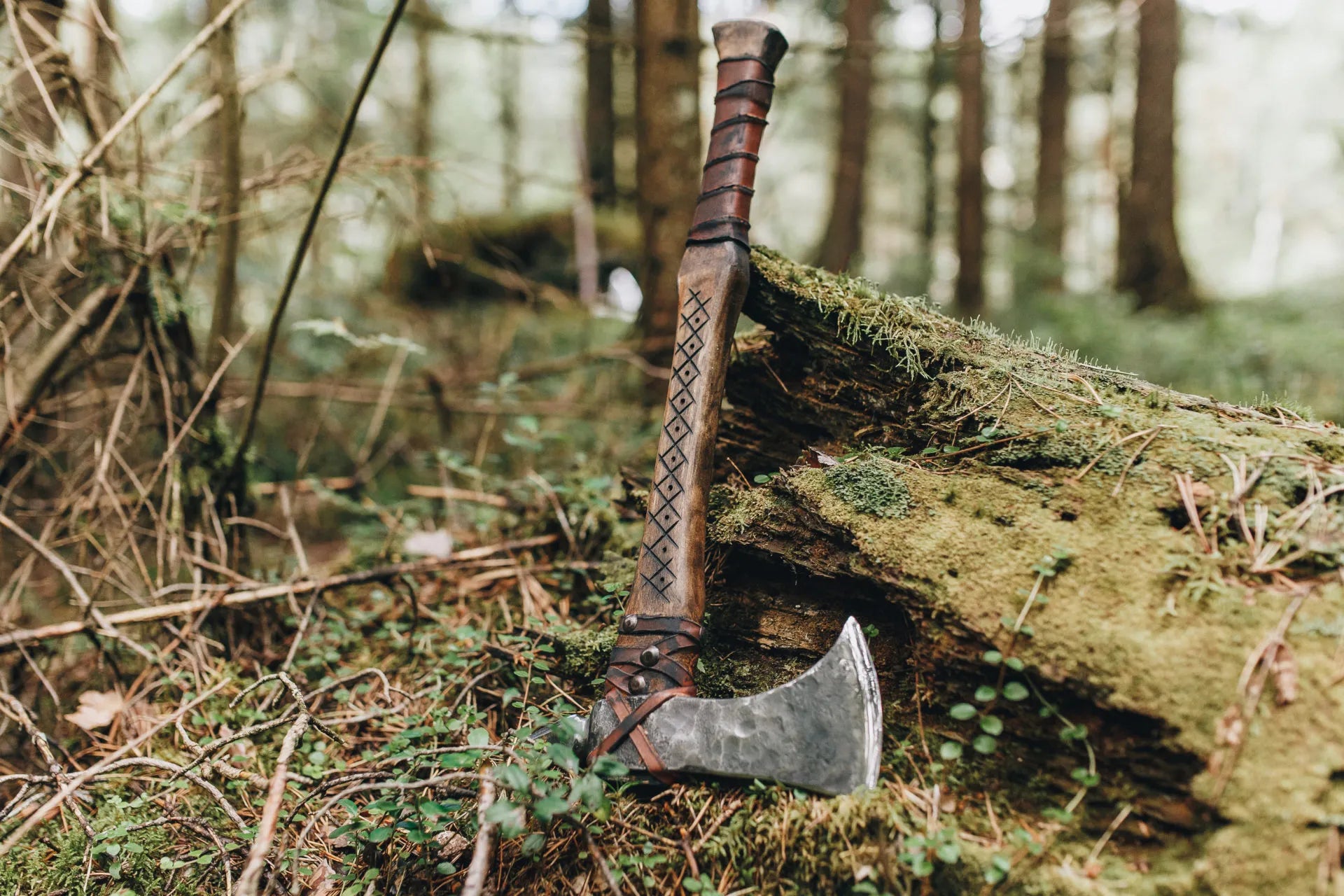
Where Should I Carry my Knife?
Knives may become a necessary companion when outdoors, at work, or for everyday carry. But, Where should I carry my knife? Rules on carrying knives are relatively variable between local laws, safety considerations, and personal needs. Below is a guide that will help you decide the best place to carry your knife safely and legally.
Buy a bowie knives.
Understand the Purpose of Your Knife
For Everyday Use
A pocket-friendly, small knife is a perfect knife for daily carry because it can be handy when opening boxes, strings, or peeling fruit for snacks.
Outdoor Adventures
If you are out hiking or camping, you will need a big knife more than any other tool. It should be attached at a place that is easily accessible.
Work or Professional Use
A knife is one of the essentials that you use for certain jobs like construction or ranch work. The most accessible place would be on your tool belt or a special holster.
Known for its strength and beautiful design, a Damascus Kukri knife is a powerful tool. Find your perfect Kukri knife at Knives Hives today!
The Best Places to Carry a Knife
Pocket Carry
Among the most popular places to carry small knives is in a pocket. A good number of folding knives come with a clip; hence, you can easily attach your knife to the edge of a pocket. This keeps it close and easily reachable.
- Advantages: Concealed, readily available.
- Disadvantages: Only for smaller knives; it can be annoying sometimes when it shifts around your pocket.
A versatile and compact tool, perfect for everyday carry. Check out our collection of pocket folding knives at Knives Hives for your next adventure!
Belt or Waistband Carry
You can carry a large knife attached to your belt in case you have to go for larger knives. In this method, you'll be assured that the knife is secure, but easy access is still there. Be sure to use a strong sheath so as not to hurt yourself with your knife.
- Advantages: Ideal for large knives; secure.
- Disadvantages: Not concealed, it may require a sheath.
For a sturdy grip and stylish look, a bone handle knife is an excellent choice. Browse our collection of high-quality bone-handle knives at Knives Hives!
Backpack or Bag Carry
If you do not need to access your knife immediately, you can carry it in a backpack or bag. Such a carry option is suitable for carrying knives to a workplace, a camp, or any other location where quick access is not required.
- Advantages: Safe, does not hinder mobility.
- Disadvantages: Limited access in emergency cases.
Neck Carry
For easier wearability, neck sheaths are sometimes attached along with knives. These can be worn on the neck, and they are commonly used with outdoor or survival knives. A knife can be a great asset if you keep it next to your chest in case of a panic.
- Pros: Easy to access; secure.
- Cons: It can be annoying; and extremely impractical for everyday use.
Ideal for field dressing, the skinner knife is a must-have for hunters. Browse our top-rated skinner knives at Knives Hives for your next hunt!
Legal Considerations
Make sure you check the laws of your locality on knives before carrying one in public. Some countries and cities have specific rules on the length, type, and kind of blades that are allowed to carry on. And if one breaks them, then that's going to bring them into jail or fines.
Some things to consider:
- Blade Length: Some locations allow only blades less than 3 inches in everyday carry.
- Type of Knife: Automatic knives, switchblades, and butterfly knives may be forbidden in some areas.
- Visible or Concealed: Some places may forbid concealed carry, while others may disallow open visible knives.
Checking the local laws and regulations will help you stay safe and avoid trouble in court.
Buy a meat cleaver.
The Bottom Line
Where should I carry my knife? - Where one should carry knives would depend on a person's needs, the kind of knife, and the region's laws. Pocket and belt carrying would be most common for daily or working carriers. In transport, backpacks would be the best alternative. Neck or belt carry would be the best in the outdoor or survival aspect, where quick access would be needed in case of emergencies. Similarly, if you're carrying a real Viking axe for outdoor adventures, ensuring it's safely stored and easily accessible is important for practical use. All said, having fun with responsible carrying is key, and legality should never be compromised in knife or tool carrying.
Visit Knives Hives for a wide range of premium blades, from pocket knives to survival tools, all at great prices!








